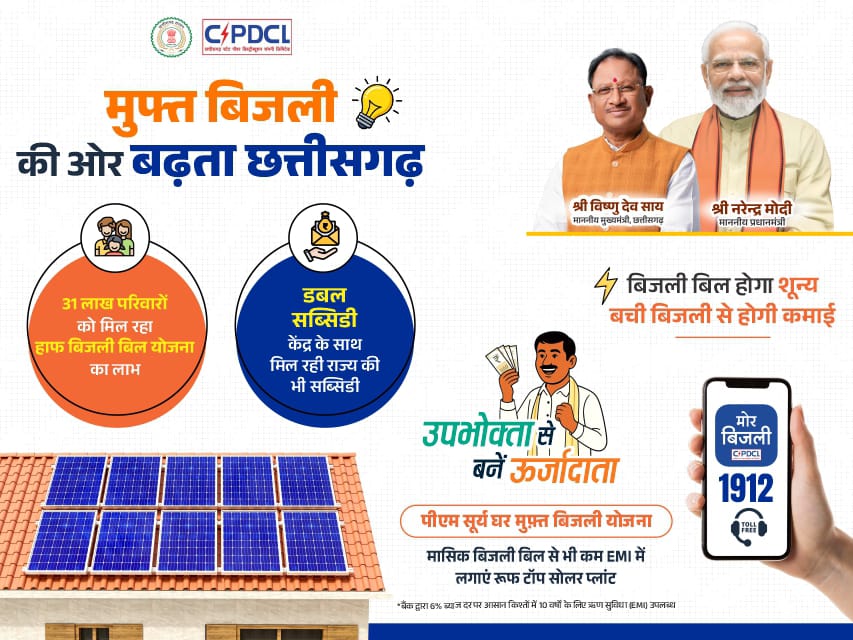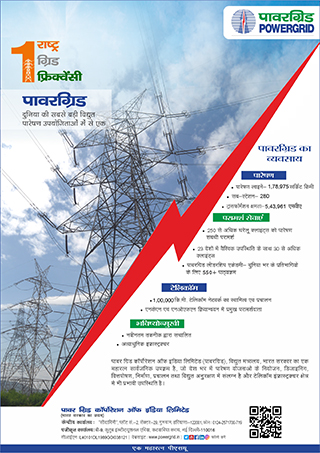whispers in the corridors
Will Siddaramaiah quit after presenting his 17th budget?

As per indications, Karnataka CM Siddaramaih may quit after the presentation of his 17th budget in the state assembly in February next year. If he is allowed to present the budget, he will make a record to present the 17th budget.
Did a verbal spat between TMC MP and Congress MP lead to interventionby a BJP MP just before the Parliament session?

Outside Parliament during the ongoing Winter Session, tension flared between MPs from Congress and TMC amid heated exchanges over electoral reforms and pending state funds. As words escalated into a near-shout, a BJP MP nearby stepped in, calmly placing himself between the two and urging restraint to avoid a public disruption. The intervention diffused the spat quickly, allowing all parties to disengage without drawing marshals or media frenzy. This episode highlights deepening rifts within the opposition INDIA bloc, strained by disagreements on protest strategies against government policies like SIR revisions. Congress has pushed unified action on voter lists, while TMC prioritizes Bengal-specific grievances, leading to such off-camera friction despite public posturing. Treasury benches view these as signs of opposition disarray, potentially easing government passage of key bills. Security logs noted no formal complaint, but the incident underscores Parliament's volatile corridors, where personal barbs often spill from debate floors.
In conversation with India’s youngest MLA Maithili Thakur

Maithili Thakur, revered for Indian folk and classical renditions, embarks on parallel journey as India's youngest Member of Legislative Assembly in India after winning 2025 Bihar Assembly polls from Alinagar on BJP seat. The Gen Z singer-turned-politician has some great vision for her people in constituency and how she tends to make their day-to-day life easy.
Know more about 25-year-old Maithili Thakur in conversation with WITC.
For full interview read January 2026 magazine issues: https://www.whispersinthecorridors.com/magazine/


























